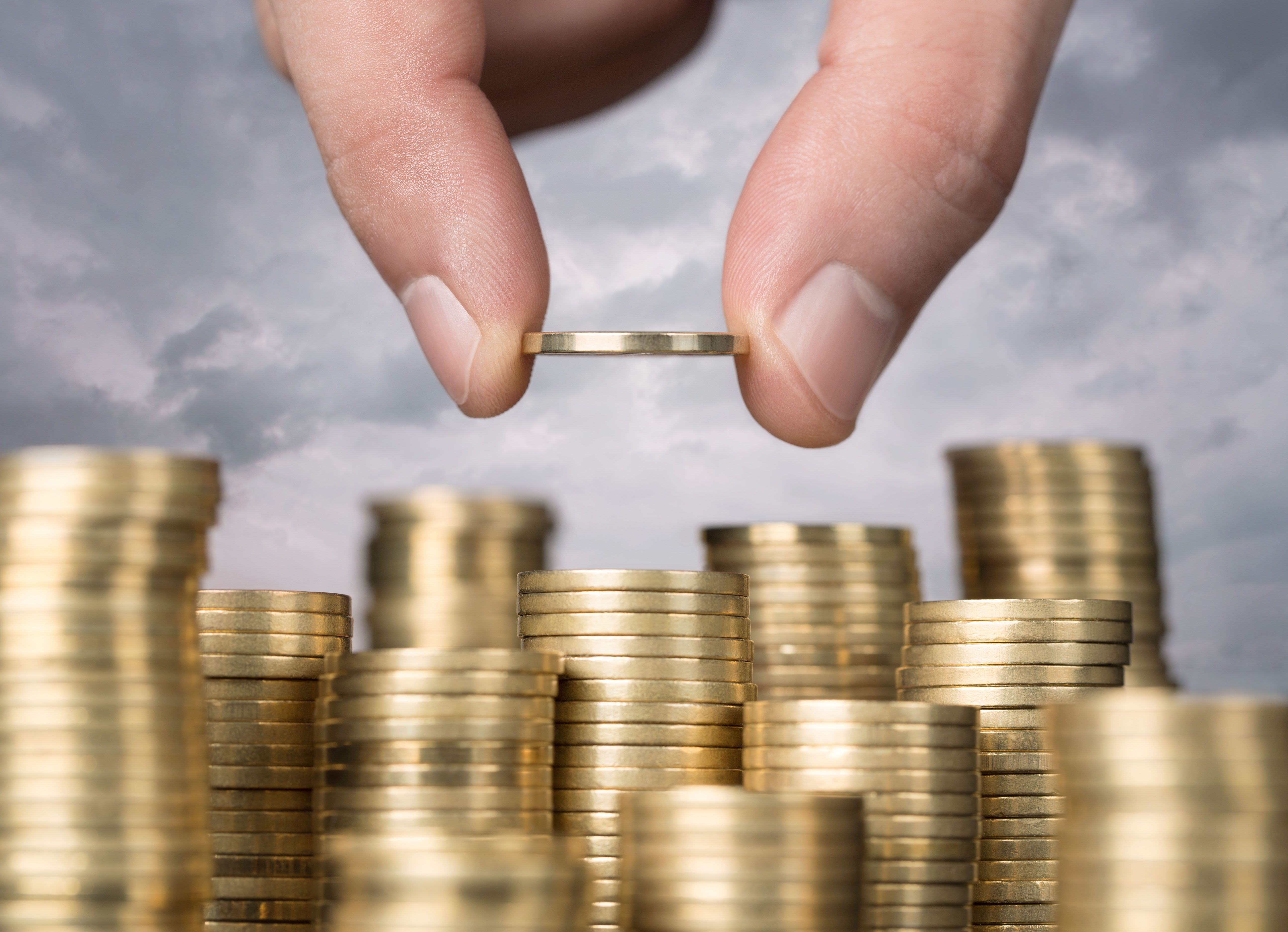Digital payments are still in early stages of growth, driven in part by early adopters who are using their mobile devices at an expanding variety of retailers, especially grocery, C-Stores, cafes, and fast food. As the following article points out, contactless card payments are another option for consumers, who are looking for a fast and easy transaction.
The use of contactless payment and near-field communication (NFC) technology is expected to push digital payments worldwide to $3.66 trillion, up 20% from 2015, according to a recent study.
Tap-and-pay plastic cards, cellphones with NFC technology and e-commerce options on laptops and desktop devices are fueling the trend, reported Digital Transactions News, which cited a recent study from Juniper Research, Basingstoke, U.K.
To prepare for increased smartphone payment at the store, Windsor Holden, head of forecasting and consultancy for Juniper, told CSP Daily News that retailers need to make sure their point-of-sale devices are upgraded to support contactless payment. “Virtually all terminals are now shipping with contactless as a standard,” he said. “It’s then incumbent upon the retailers to ensure that contactless is switched on.”
He said doing so essentially allows consumers to pay by the mechanism of their choice, whether that’s with a card or a smartphone that has cards registered to it.
Though laptop and desktop devices dominate e-commerce spending today, the research predicted smartphones and tablets will overtake those devices for share of purchases by 2019, with ongoing introductions of Apple Pay and Samsung Pay happening in more countries.
Some reports indicate consumers are finding their initial attempts at digital payments cumbersome or retail staff not properly trained in the transaction execution. Another roadblock can occur where retailers’ terminals have not been PCI certified and cannot be used. But any early dissatisfaction will be temporary as the expansion of mobile pay options extends to many popular platforms and providers, such as Apple, Samsung, Android, and Chase. Retailers will become more digital payment savvy and strive to meet customer expectations. It can be done. Just look at how Starbucks found success—create an in-app, feature-rich, digital payment platform linked to a loyalty program— a perk that drives business far beyond the morning coffee crowd.
Overview by Raymond Pucci, Assoicate Director, Research Services at Mercator Advisory Group
Read the full story here










